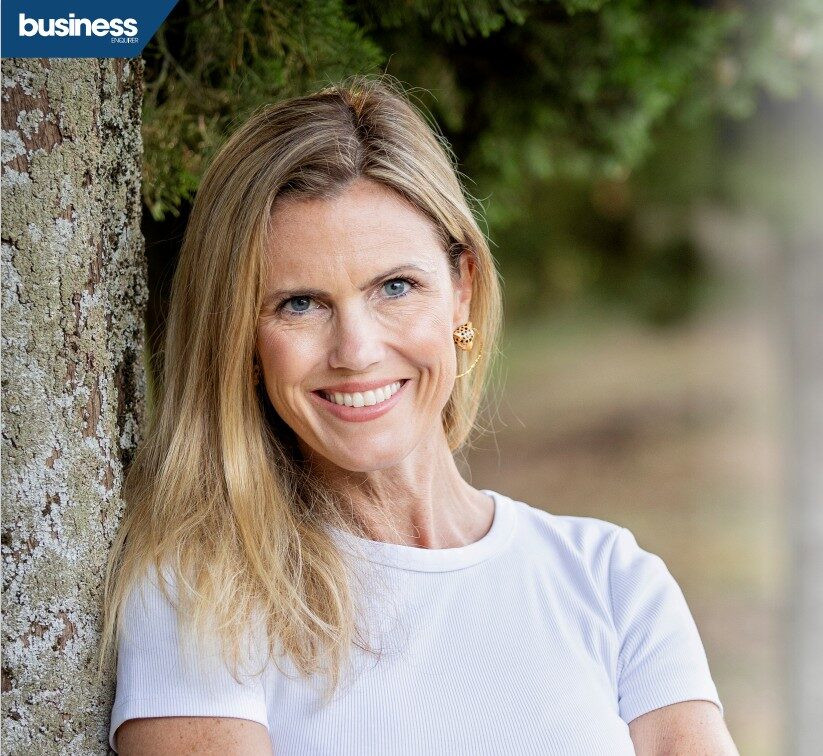In an interview with Proactive Investors, SCB’s Tom Hills speaks about the need for organisations to plan ahead as climate requirements intensify
SCB is involved across the voluntary carbon space operating a merchanting model, working as a wholesaler with project developers all around the globe, assisting them in getting carbon capital at the time they need it in order to develop projects. Projects are listed on various registries, such as Vera, Gold Standard, CDM. SCB is also active in the energy attribute certificates market, helping companies to limit their Scope II GHG emissions. SCB serves a significant and growing corporate client base as companies around the globe establish and work towards net zero commitments.
Proactive: What’s been driving the price changes the industry has been seeing?
2021 saw a very fast moving market, we saw prices go up significantly. The drivers for that are those growing commitments from companies around the world. And a feeling that there’s a mismatch between supply and demand of offsets to achieve those objectives. We saw a lot of new participants coming to the market. We saw a certain speculative flow. We saw financial institutions, banks, hedge funds, also starting to take an interest. We saw increased demand and retirements from corporates as well. Really, we saw the carbon market start to take off again. COP 26 in November provided a real focal point, a lot of press, a lot of talk about the market.
Proactive: Q1 2022 Prices took a tumble, what was behind that and where are they going now?
2021 clearly was a very strong year. At the beginning of this year [2022], carbon became more of a mainstream asset, we saw the financial institutions particularly begin to see carbon perhaps as something of a risk asset. There was a somewhat negative macro sentiment in the marketplace as a whole, inflationary concerns, and so forth. We saw carbon come under a little pressure over the first month or two of the year.
The war in Ukraine then had a tremendous impact across the markets particularly on the energy sector, and carbon was also impacted. Carbon being a voluntary product, there were people that perhaps had got involved late last year, deciding to close down positions. Carbon suffered significantly over March, but we’re now starting to see the market consolidate.
Proactive: More and more companies are getting more ambitious when it comes to climate change
There’s increasing pressure from all of the stakeholders whether shareholders, or the financial institutions and banks that are supporting them. Ultimately companies need to be looking at how they can reduce their carbon emissions. That’s going to take some time and potentially quite significant cost. Carbon offsets therefore, provide a significant and important way companies can work towards those objectives. Certainly in the nearer term.
Today the cost of offsetting remains relatively cheap. Taking EUAs – that’s the European Compliance Carbon Market – as an example, they’re trading at over EUR 80 a ton. So there is a very strong case for the voluntary carbon markets to gravitate towards those sorts of levels over the coming years.
That said, we don’t see the market running away tomorrow. We do anticipate a continued recovery over the course of the year. Based on our analysis of the supply and demand situation we have a very constructive outlook on the market over the medium term.
Fundamentally, in order to achieve real results in fighting climate change, offsets need to reach the point at which companies change behaviors, rather than merely pay to offset them. And that means the price needs to do a lot of work to get us there.
The term voluntary is likely to become something of a misnomer. We’re seeing increasing requirements from – not just stakeholders – but also from the likes of the SEC in the US, the UK govt. and yesterday the Bank of France requiring the listed companies provide increasing levels of disclosure of environmental data. So the bar is going to be set higher and higher for those corporates.
In conclusion, what this means is that now is a very good time for corporates to be thinking of planning ahead as they work towards achieving their net zero commitments.



